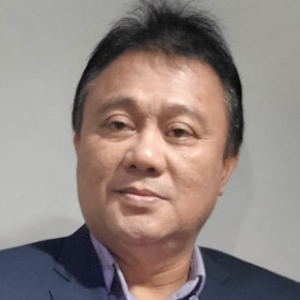Title : Settlement of box tropical mussel, Septifer bilocularis: effect of site, position in the patch, and substrate
Abstract:
Settlement of box mussels to the availability of a preferred substrate can be a dynamic process where it is not clear what factor affects settlement in the position among patch sizes in the intertidal mussel bed. The objectives of this study were to explore the influences of substrates, position in the patch, and sites on the settlement of box mussels. The studies were located in two natural box mussel beds. Four types of substrates, each had 4 replicates were distributed randomly into each of the 16 PVC plate holes. Then, the large and small patch sizes were chosen arbitrarily, each had 3 replicates. The PVC plate was lied in the edge, middle of a large patch and a small patch in the two intertidal mussel beds. The data were analyzed by a three-factorial ANOVA, where stations, position in aggregations, and substrates were used as the main factors. The results showed that settlement varied among substrates and the position of the patches. No differences in the mean number of new settlers between stations, while large differences in the mean number of new settlers at isolated patches than along the edge and the middle of large patches irrespective of stations occurred. Differences in the settlement between substrates were evident and an even larger number of settlers on coconut fibre than others substrates such as palm fibre and adult shells with byssus occurred. Our study showed for the first time that the tropical mussel has the capability of choosing and attaching to suitable and attractive substrates of coconut fibre in the varied positions of patches in the tidal field. The sizes of new settlers attached to fibres of coconut and palm, polypropylene rope, and shells with byssus threads were < 1 mm, while new settlers attached on the substrates of adult shell mussels with byssus threads ranged from 1 mm up to 3 mm. The settlement of box mussels in this study shows patch sizes and substrate dependence, where the physical character of substrates and the behaviour during settlement determined the settlement pattern in this study



